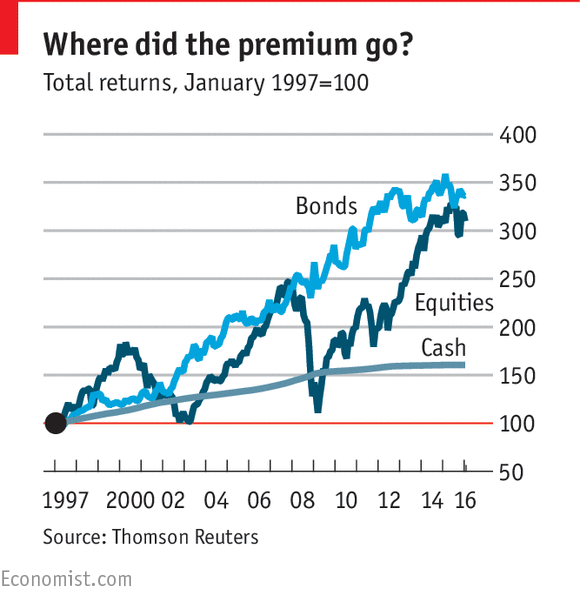A small, modest, ground-floor flat in Juhu was his home and, on the first floor, a tiny cubbyhole served as his workplace. It was in the cubbyhole that we used to meet.
There were no chairs, only mattresses with cushions in the makeshift study. One sat next to him on the floor. He had no writing table, just a raised wooden platform with numerous nib-pens and inkwells, both red and blue. (He used red ink for exclamation marks, something he had a weakness for.) And, of course, the cubicle was full of clippings, periodicals, books and postcards. On the walls were displayed signed photographs of himself with Khrushchev, Tito, Nasser, Nehru. Despite the clutter it was not an untidy room. A chaiwala brought oversweet tea in glass tumblers at regular intervals—that was the extent of his hospitality. To say he lived frugally would be superfluous; he was a communist, even if linked to the glamorous film industry.
From this cubicle he wrote, directed and produced fourteen flop films. And scripted Raj Kapoor’s iconic Awara, Boot Polish, Shri 420, Jagte Raho, Bobby, Mera Naam Joker and many others. He also published sixty books, fiction and non-fiction. He was a busy communist.
Forever in debt and forever scrounging around for money, he borrowed from friends and moneylenders. All the films under his banner, Naya Sansar, were not minor box-office disasters but gigantic box-office disasters. ‘Some people say I am mulish, trying out themes of social realism without compromise,’ he explained. ‘“Give the people what they want,” they advise. But I believe in doing what satisfies not only my personal ego but also my social conscience.’
Abbas’s films would start promisingly. Sadly, after the first half, he would slump into sermonizing, making his cinema didactic and tedious. Fully conscious of the hazards of mixing propaganda and entertainment, he persisted. ‘All the money I make from Raj Kapoor, I put into my flops,’ he joked. He admitted history would remember him only as the producer who introduced Amitabh Bachchan to Bollywood (Saat Hindustani), a fact Amitabh himself acknowledged, saying if Abbas had not given him a break, he would have gone back to his boxwala executive job in Calcutta.
He worshipped Jawaharlal Nehru and lovingly recalled all his meetings with Panditji, especially the last one at Teen Murti, a week before Nehru passed away. As Abbas walked up to greet him, Nehru, weak after his stroke, tried to get up from his chair. Abbas urged him not to bother. ‘Abbas, I may be about to die but I haven’t forgotten my tehzeeb (culture).’ When he recounted this story his eyes welled up.
I remember him for his loyalty to a wonderful romantic vision, and also the lunches he bought me. On the first of the month he would collect his monthly salary of Rs 500 from the Blitz office and treat me at the Jehangir Art Gallery restaurant, Samovar. ‘You can have beer if you like,’ he would say. ‘Today I have money, tomorrow I won’t.’–wrote Vinod Mehta

